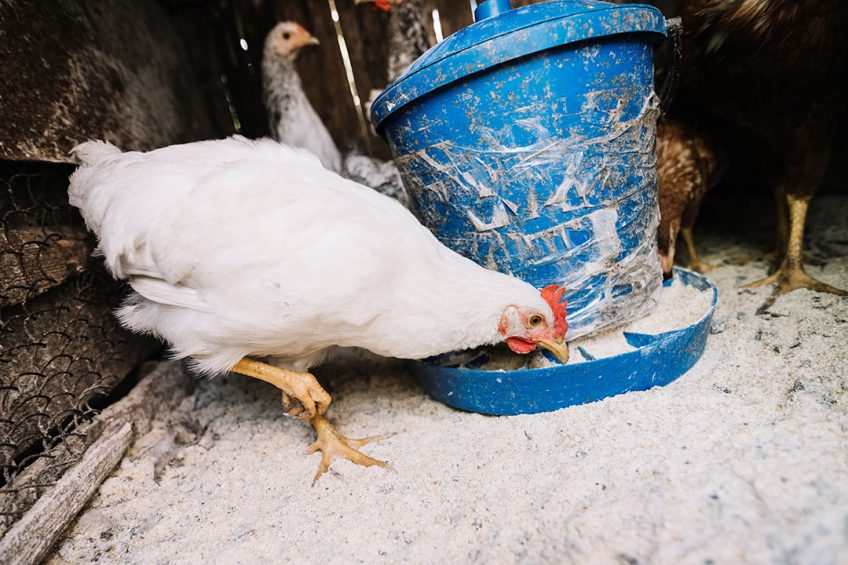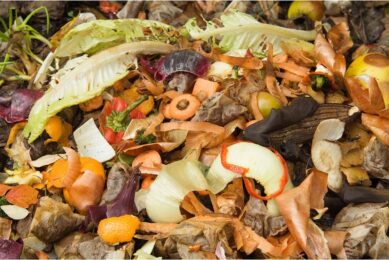Ghana: Feed costs and floods threaten poultry industry

In the Bono Region of Ghana, a hub for egg production, egg prices have risen by about 50% in recent months, causing concern for the poultry industry.
The price increased so sharply because of the high cost of maize, soybeans, and other ingredients used in the production of poultry feed, as floods from 2020 destroyed maize farmlands. A crate of eggs costs 13-18 GH¢ (Ghanaian cedi) (US$ 2.22 – US$ 3.08) in November 2020, but now costs between GH¢20-25 (US$ 3.42 – US$ 4.27), reports Ghana’s Graphic Online. Wholesalers and street vendors are complaining about subdued orders and low patronage. One street vendor noted that she was able to sell about 6 crates of boiled eggs a day, but now she struggles to sell even 2 crates a day.
Eggs are not only a delicacy, according to local consumers, but also an affordable source of protein for the poor, children, the youth, and the aged. The escalating price of the commodity was gradually making it “a preserve for the rich”, the Ghanaian paper reports. A member of the Dormaa Poultry Farmers Association noted that a 130 kg bag of maize, which used to sell for GH¢150 (US$ 25.64) before November last year, is currently being sold for GH¢250 (US$ 42.73).
Floods and a poor harvest
A dry season in grain production in 2020 resulted in a poor harvest, adding further pressure on the market. Professionals in the poultry industry have urged the government to reduce the exportation of maize to neighbouring countries, and to either scrap or reduce import duties on maize and soybeans. Exacerbating the situation further is the flood that destroyed nearly 6,000 ha of farmlands in 2020, affecting 16,574 farmers, reports News Ghana. The floods were largely caused by the torrential rainfall and the spillage of the Bagre Dam in Burkina Faso. It was further reported that the floods had devastating effects on food crops and livestock and that almost 4,000 ha of maize, over 550 ha of sorghum, and over 9 ha of soya beans were destroyed.
Join 31,000+ subscribers
Subscribe to our newsletter to stay updated about all the need-to-know content in the poultry sector, three times a week. Beheer
Beheer








 WP Admin
WP Admin  Bewerk bericht
Bewerk bericht